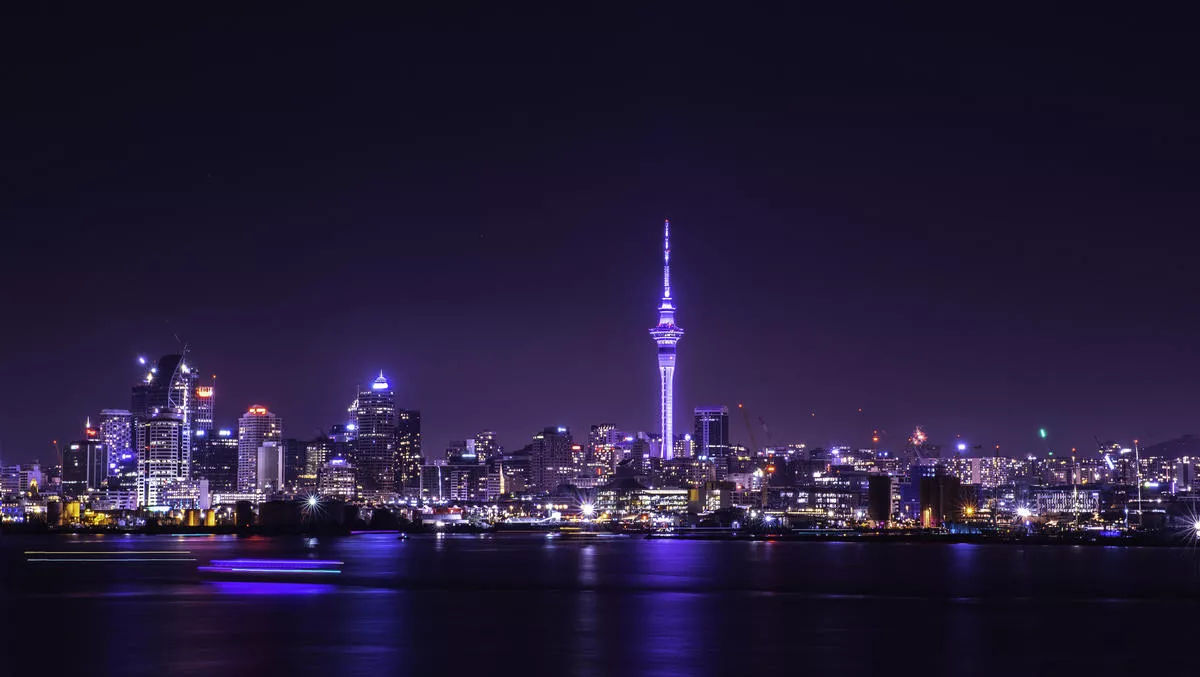
The Art of Landscapes
Kiwi photographers are truly blessed. We live in the most diversely beautiful nation on earth. New Zealand is overflowing with landscapes of unrivalled majesty: mountains, oceans, forests, lakes and beaches. We've got it all. With this raw inspiration so readily available, the work of producing a stunning landscape photograph is already half done. However, even the most amazing location can produce a boring image if you don't remember some critical techniques. Here are five tips to the fine art of landscape photography.Depth of FieldEvery tree, rock and humble puddle in your landscape photo should be in perfect focus. To ensure this, you will have to use maximum 'Depth of Field'. This is achieved by switching your camera to Aperture Priority Mode and selecting the highest 'F' number. Your camera will then use a slower shutter speed to provide more light. To avoid a blurred photo, a tripod is recommended.
Perspective CompositionWe generally think about landscapes featuring scenery in the far distance. However, the best landscape photographers ensure there are also eye-catching objects in the midground and foreground. This gives a real sense of scale and perspective and leads the viewer's eye further into the image. Plants and flowers are great foreground objects, usually best placed to one side of the frame.
Pick a Focal PointLandscape pictures are often very detailed, with many different elements for the viewer to ponder. However, it's important there is a definite focal point, otherwise the viewer's eye is left wandering aimlessly around the image. This centre of attention can be anything out of the ordinary – maybe a skeletal tree or a mountainside caught in an ethereal shaft of sunlight. But just because it is the focal point of your landscape, don't be tempted to place it in the middle of the frame.
Look to the HeavensSure, they're called "Land"-scapes, but never forget the sky. Interesting cloud formations caught in flattering light can be the perfect complement to a wonderful natural scene. The infinite scale and grandeur of the skies provides an important contrast to the land that lies beneath it. Clouds have a million moods – from bright and fluffy to stormy and threatening – and these personalities can enhance the character to your shot. Also consider other heavenly objects like flocks of birds or aircraft vapour trails.
Magic HourExploiting the soft, natural light present at sunrise and sunset is the key to great landscape photography. When the sun is close to the horizon it causes objects to cast long, mysterious shadows. This so-called "magic hour" light may also illuminate patches of your scene in golden hues of spellbinding beauty.

